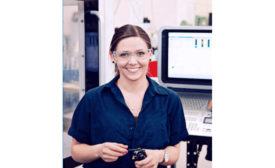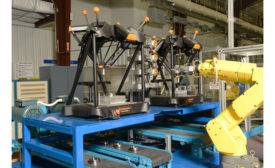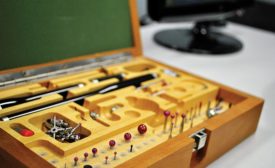Home » Keywords: » verification
Items Tagged with 'verification'
ARTICLES
Debunking the Myths of Fully Automated Inspection
Automated process control is more viable and less expensive than one might think.
June 5, 2018
Calibration Considerations
Consider these factors before using the internal calibration feature on your device.
April 9, 2018
Stay in the know with Quality’s comprehensive coverage of
the manufacturing and metrology industries.
eNewsletter | Website | eMagazine
JOIN TODAY!Copyright ©2024. All Rights Reserved BNP Media.
Design, CMS, Hosting & Web Development :: ePublishing





